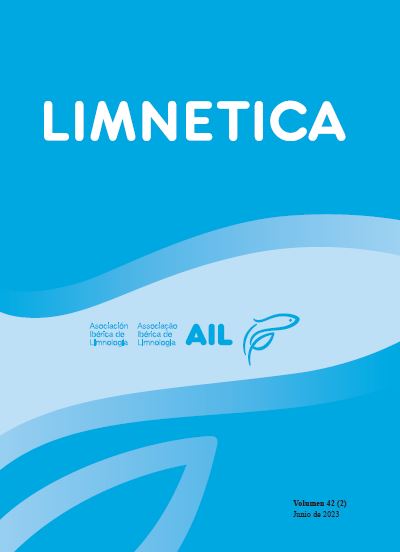Compositional breakpoints of freshwater plant communities across continents
Biogeographical transitions in plant communities
Résumé
Unravelling patterns and mechanisms of biogeographical transitions is crucial if we are to understand compositional gradients at large spatial extents, but no studies have thus far examined breakpoints in community composition of freshwater plants across continents. Using a dataset of almost 500 observations of lake plant community composition from six continents, we examined, for the first time, if such breakpoints in geographical space exist for freshwater plants and how well a suite of ecological factors (including climatic and local environmental variables) can explain transitions in community composition from the subtropics to the poles. Our combination of multivariate regression tree (MRT) analysis and k-means partitioning suggests that the most abrupt breakpoint exists between temperate to boreal regions on the one hand and freshwater plant communities harbouring mainly subtropical or Mediterranean assemblages on the other. The spatially structured variation in current climatic conditions is the most likely candidate for controlling these latitudinal patterns, although one cannot rule out joint effects of eco-evolutionary constraints in the harsher high-latitude environments and post-glacial migration lags after Pleistocene Ice Ages. Overall, our study supports the foundations of global regionalisation for freshwater plants and anticipates further biogeographical research on freshwater plant communities once datasets have been harmonised for conducting large-scale spatial analyses.
Téléchargements
Publiée
Numéro
Rubrique
Licence
Los autores que publican en esta revista están de acuerdo con los siguientes términos:
- Limnetica está bajo una licencia de Creative Commons Atribución-NoComercial 4.0 Internacional.
b. Los autores pueden establecer por separado acuerdos adicionales para la distribución no exclusiva de la versión de la obra publicada en la revista (por ejemplo, situarlo en un repositorio institucional o publicarlo en un libro), con un reconocimiento de su publicación inicial en esta revista.
c. Se permite y se anima a los autores a difundir sus trabajos electrónicamente (por ejemplo, en repositorios institucionales o en su propio sitio web) antes y durante el proceso de envío, ya que puede dar lugar a intercambios productivos, así como a una citación más temprana y mayor de los trabajos publicados (Véase The Effect of Open Access) (en inglés).


